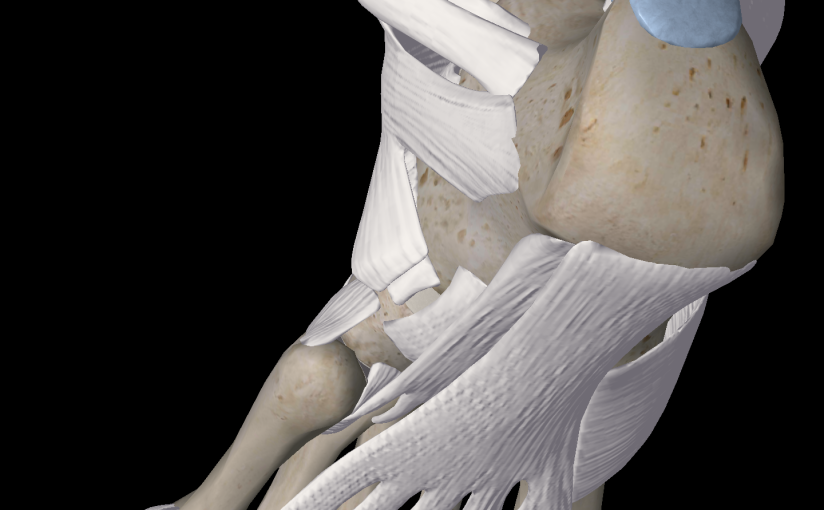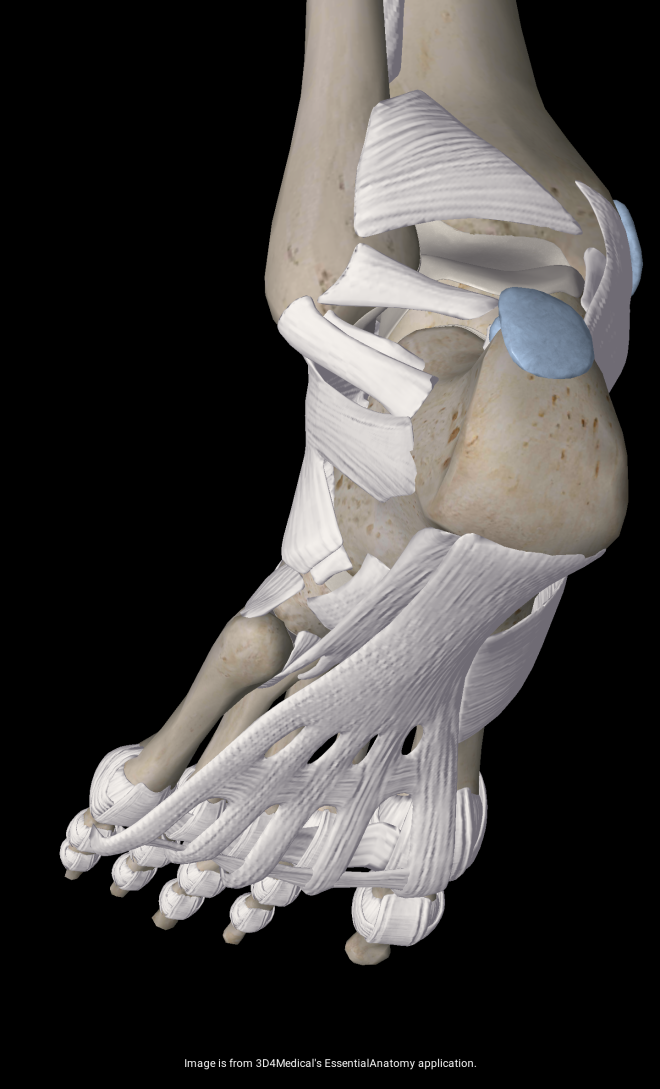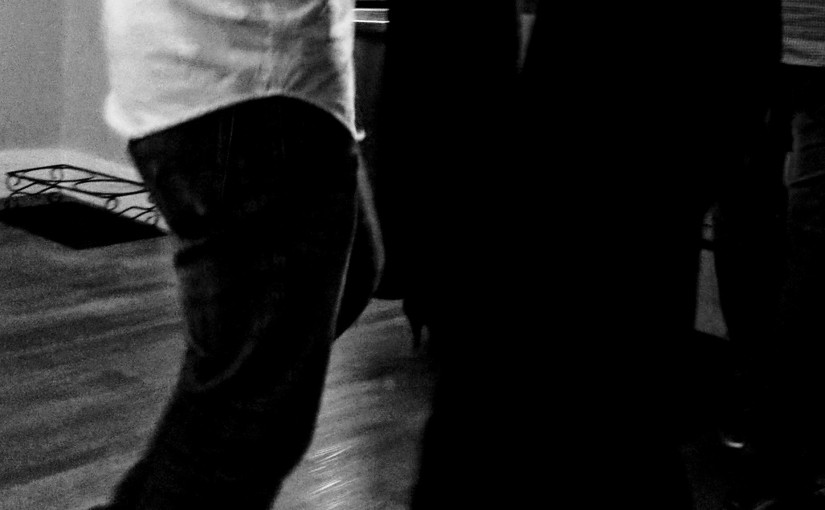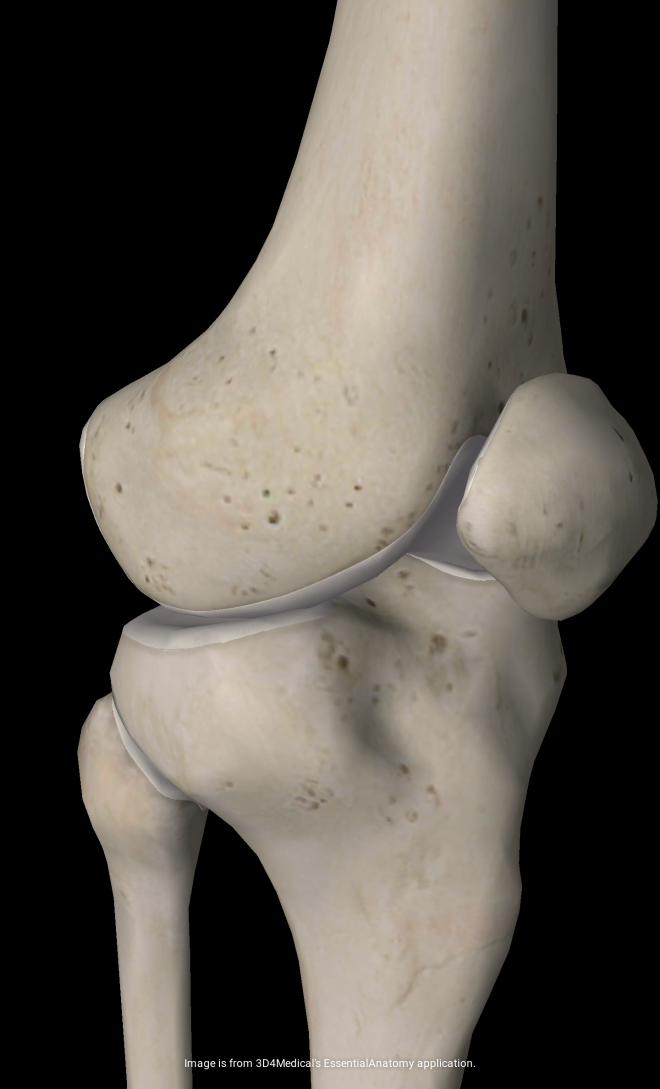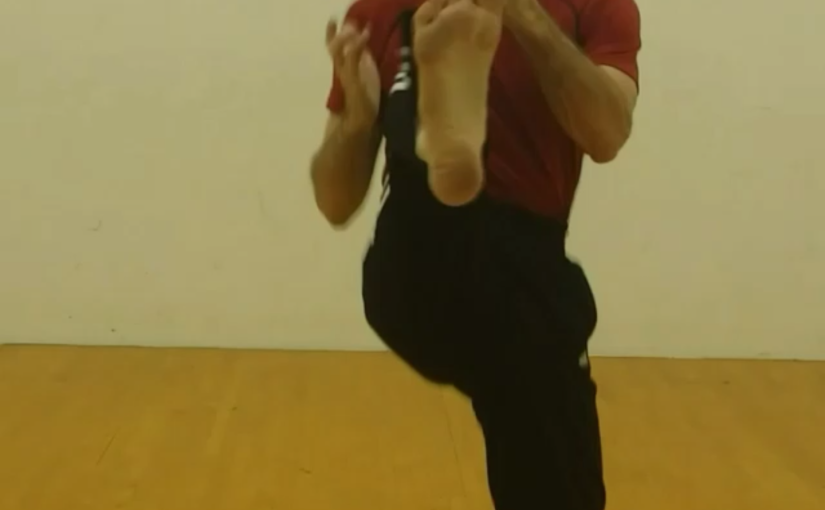It’s been a while since I’ve focused on one of the most important movements in exercise, so let me share some insights with you.

First, a few fundamentals to notice from the picture above:
There’s no weight on the bar. Form is critically important. If you can’t handle light weight with proper form, you will be a danger to yourself with excessive weight. In fact, for my in-home clients exercising to restore and maintain mobility, bodyweight only, done properly, produces excellent results. In these cases, however, it’s important to build up to the total movement little by little. From ankles to knees to hips; focusing on range of motion, strength and flexibility, the pieces of the puzzle come together. The older you are, the more significant this fact becomes. Increasing the weight is not the only way to increase the workload. A much safer way is to slow the tempo–do the movement slowly and evenly from start to finish for fifteen reps. Complete three sets each session (three times a week) and I guarantee you will experience significant gains in strength–safely. Also–and even more critcal –the slower pace and higher reps give tendons and ligaments a much better opportunity to respond. These tough connecting tissues require more time than muscle to respond to exercise. Tendon and ligament injuries are serious. Frequently I notice Seniors in the gym doing fast and jerking motions using machines and free weights…do not exercise that way!
Notice also in the picture that the legs and feet are angled away from the body center. Because of anatomical differences, preferences on stance will vary. You will find a particular width and angle that produces the minimum stress on your knees and hips. As you exercise more, you will become increasingly aware of this important feedback from your body. Pay attention and adjust accordingly.
For the beginner, the backwards movement of the hips as you descend is awkward. It takes repeated efforts to adjust your balance response. To make that effort safer, I recommend the kitchen sink. Actually…the front edge–which is generally easy to hold on to and about the correct height to be functional. You will soon become comfortable enough with your balance to squat safely and correctly without such aid.
This exercise, along with a consistent stretching regime, has me feeling great about my mobility!
To Your Health and Wellness,
Steven



